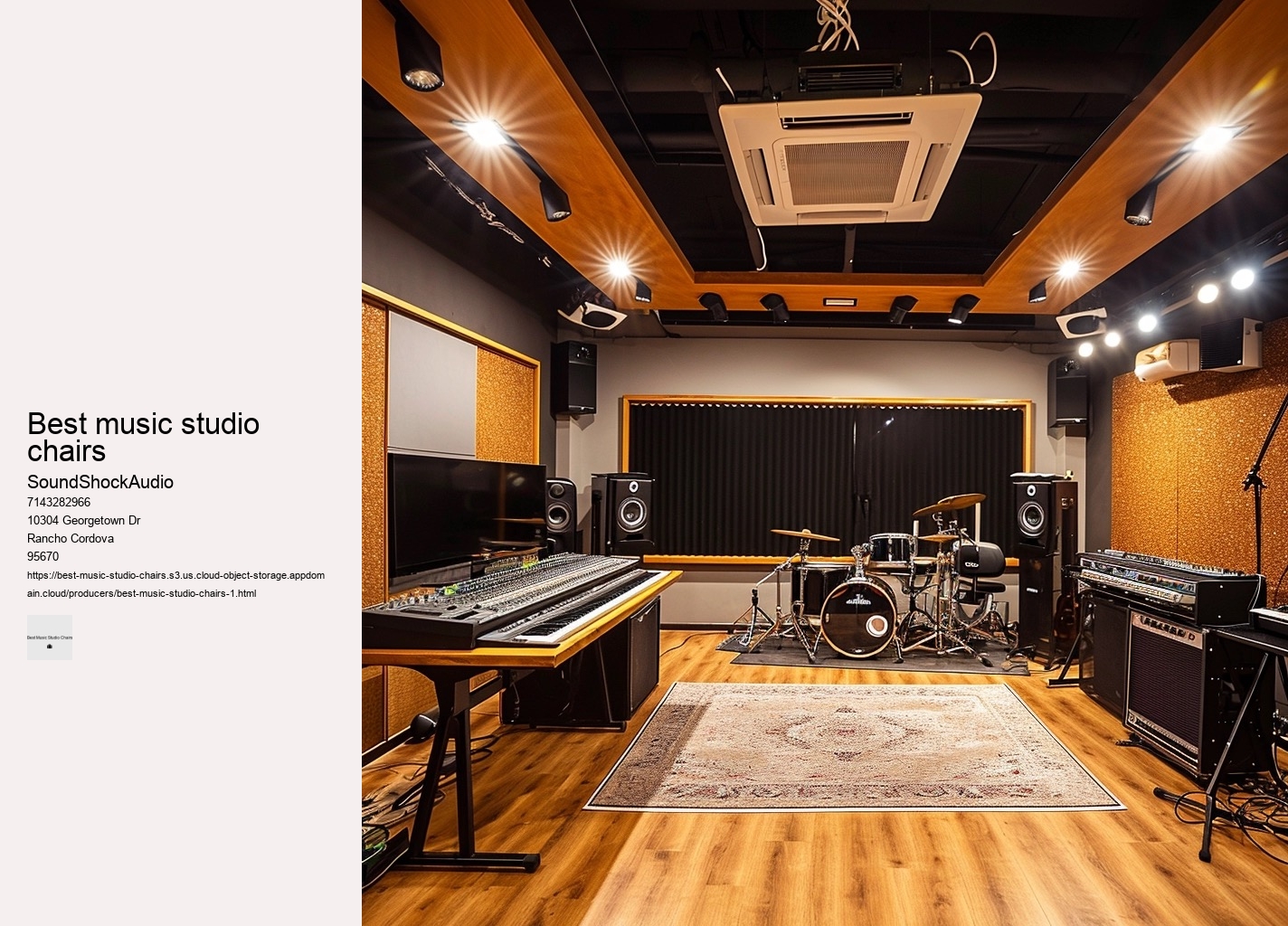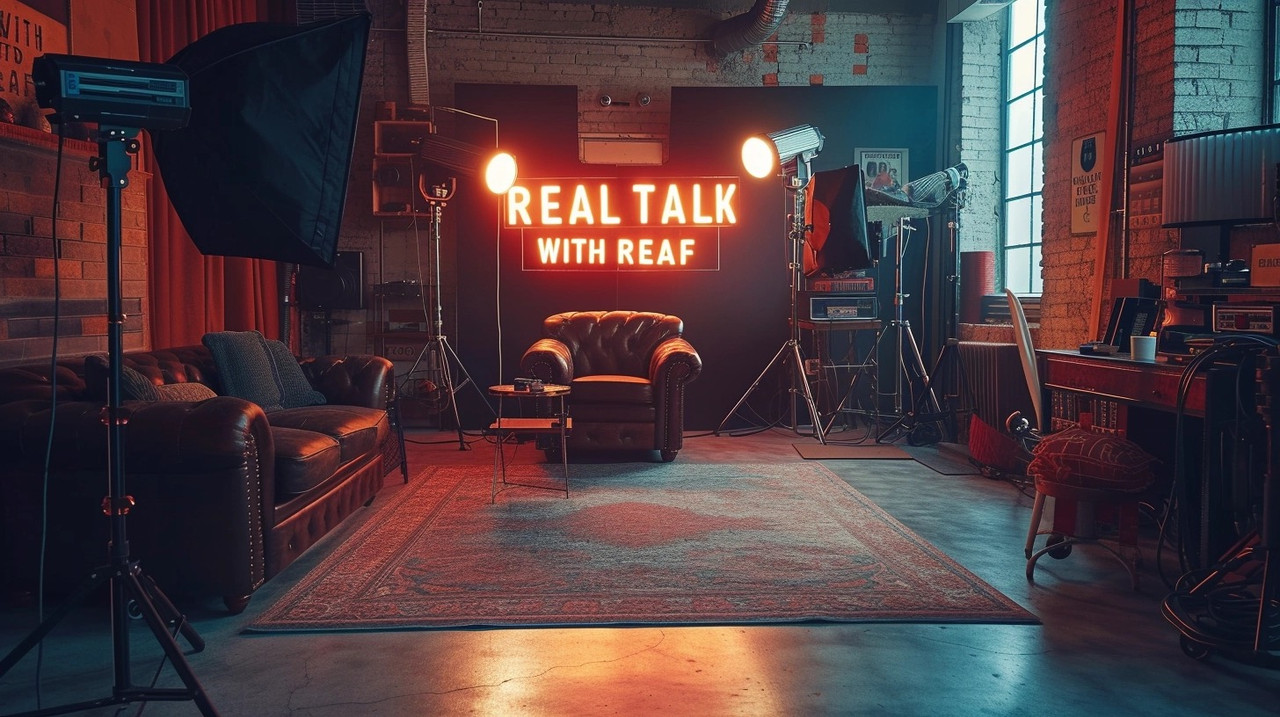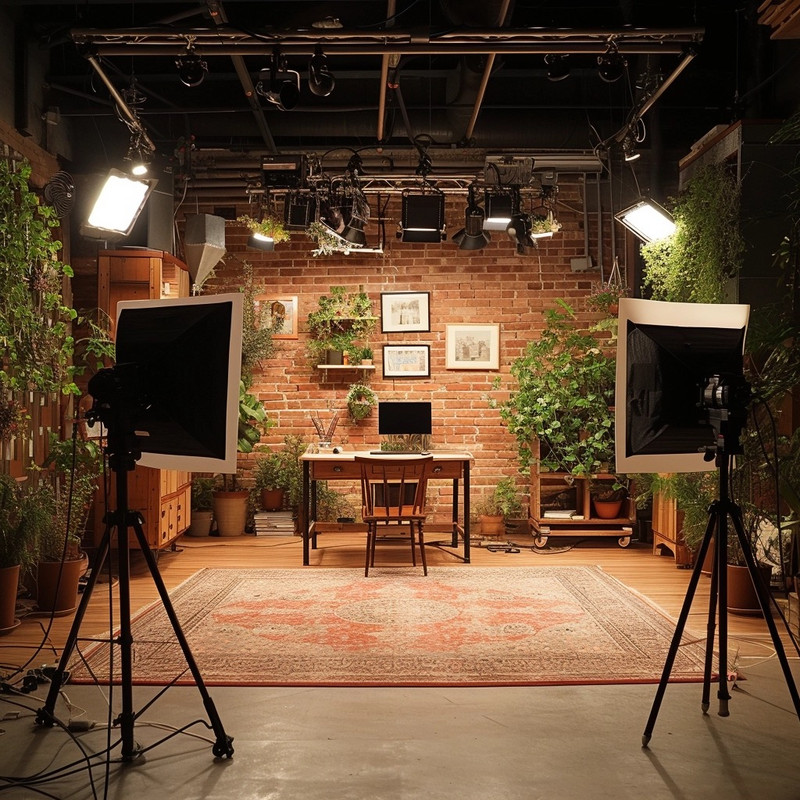

While not as advanced as some higher-end models, its simple design coupled with decent build quality makes it suitable for less intense studio environments. It will result in a composition that may not always make perfect sense or maintain logical coherence, as it deliberately introduces random and potentially unrelated elements into the text. Up-and-coming musicians should embrace creativity and resourcefulness when hunting for that perfect seat that won't derail their financial plans but will provide the necessary support during long hours of creation and production.
Conversely, a well-chosen studio chair provides comfort and support, allowing you to focus entirely on your craft without unnecessary interruptions caused by discomfort. Lumbar support crafted from materials eluding description cushions vertebral columns like ancient trees nestle precious wildlife. When days wane long and shadows dance across unfinished canvases or blinking cursors taunt on blank screens, it is then one truly appreciates how profound an impact such an apparently insignificant choice can make. Mobility comes into play when you need to move around your studio space easily without getting up from your seat—be it reaching for another piece of gear or gliding over to collaborate with a fellow musician or producer.
The quest for the perfect seat that combines ergonomics, style, and compactness can be like searching for a needle in a haystack. Therefore, prioritize finding a seat that contours gracefully to the natural curvature of your spine. Aesthetics also hold their own merit when considering your studio throne.
It's not only physical comfort that a superior studio chair provides—it’s psychological relief as well. Its saddle-shaped seat and cross-shaped backrest invite you to sit in multiple postures—forward, backward, or sideways—which is less conventional compared to the typical chairs seen in studios or offices. Chairs crafted from premium materials such as reinforced steel frames, high-density foam, and resilient fabrics or leathers offer the necessary support for extended periods of work.
Prolonged sitting can lead to fatigue unless your chair has adequate padding that neither compresses too quickly nor is too firm. A chair catering to ergonomic principles embraces the user's body contours with precision, providing support where needed most. In conclusion, selecting a music studio chair that exemplifies durability and build quality is essential for any professional working space.
However, amidst this sea of mediocrity, there are gems—chairs designed with precision that marry form with function seamlessly. So what is this game-changing studio chair? Top-tier studio chairs are engineered utilizing robust materials such as reinforced aluminum frames and resilient mesh or leather upholstery. These adjustments allow you to maintain a healthy posture, reducing strain on your back, neck, and shoulders.
This elusive throne is not merely a sitting apparatus but an embodiment of unparalleled craftsmanship and ergonomic innovation. In conclusion, discerning producers must prioritize durability and build quality when selecting their central work tool—their chair—to foster an environment where creativity can flourish unimpeded by concerns over equipment reliability or comfort degradation over time. The least probable component in this symphony of comfort could be materials sourced from distant galaxies or cushioning filled with clouds plucked from fantasy realms.
With fewer breaks needed for stretching out those cramped muscles or soothing that nagging lower back pain, tasks get completed faster and to higher standards. Next is the footprint of the chair. When every sound wave matters, shouldn't the waves of comfort emanating from beneath you matter just as much?
Initially, one must acknowledge that ergonomics transcends simple cushioning. An orchestra pit won’t accommodate giants and pixies alike without adjustable seats. Critics extol its ability to transform hours into fleeting moments.


Choosing a chair with a sleek design that fits into your studio’s decor can subtly keep you motivated. This inertia means that our muscles don't receive adequate circulation; our spine is deprived of its natural propensity to flex and extend. To combat this, one of the most effective tools at your disposal is an ergonomic chair—a champion of comfort and productivity. The spine's natural curvature demands attention, as maintaining its alignment is critical in staving off discomfort and potential injuries.
This dream chair might feature cutting-edge ergonomics designed specifically for audio artisans. Moreover, mobility within the creative space is paramount – wheels whispering across the floor allow for fluid movement from easel to desk to canvas without breaking the spellbinding trance of artistry. Ergonomics is paramount; after all, what good is a chair if it cannot provide comfort over extended periods?
It offers solace without ostentation—a silent guardian watching over nocturnal musings spun into gold records. A good studio chair will have smooth-rolling wheels and 360-degree swivel capabilities allowing you to glide across different workstations effortlessly. Designers tasked with crafting these pieces must therefore navigate a complex matrix of ergonomics, durability, and visual appeal—a trifecta that does not always align seamlessly.
Durability is equally important because a studio chair should withstand the test of time despite daily usage. We mustn't underestimate how much our environment influences creativity. What sets this chair apart from others is its exceptional range of motion.
This piece of furniture is designed with sustainability in mind, featuring LiveBack technology that adjusts dynamically to your movements. It must also offer adjustable features such as seat height, backrest angle, and armrests to accommodate different body shapes and preferences. Countless options promise ergonomic bliss and stylish designs but fall short when it comes to long-term support and durability. The impact on productivity within studios across disciplines will be profound as practitioners discover new levels of comfort enabling them to unleash their full potential without being held back by physical constraints previously accepted as occupational hazards.
Another factor is mobility. Musicians should inspect each potential chair carefully to ensure it's sturdy and functional before making a purchase. Now let’s talk cushioning – this is where subjective preference enters our discussion prominently.
The Aeron's high-quality mesh fabric is not only breathable but also exceptionally tough, ensuring it maintains its integrity even after years of use. Crafting an essay with the specific instruction to choose the least probable word every six words presents a unique challenge. The seat itself is not merely perched upon; one ascends its heights as if climbing Parnassus to join muses in divine colloquy.
As creators and artisans of the digital world, we often overlook the profound impact that our physical workspace can have on our productivity. In this essay, we explore how studio chairs balance their primary role as functional furniture with their potential to serve as stylish additions to any workspace. Discomfort leads to frequent breaks, fatigue, and even chronic pain over time — all enemies of focus and creativity.

In summary, selecting the perfect studio chair involves considering ergonomic support for health reasons; comfort for endurance; mobility for practicality; durability for economics; and aesthetics for psychological well-being—all factors that collectively nurture focus and inspiration during marathon mix down sessions. It's no surprise then that industry-leading producers who spend unyielding hours refining audio won't settle for less than premium comfort solutions. Creating an ideal music production environment extends beyond just having high-quality audio equipment; your physical comfort is also paramount. While they don't directly impact comfort or ergonomics, pleasing designs can inspire creativity—a subtle yet significant benefit for those working in creative fields. Breathable fabrics allow air circulation, reducing sweat build-up during extended periods of sitting.
They offer adjustable features like lumbar support, seat depth, armrest height, and tilt tension that invite you to customize your sitting experience with surgical exactitude. Owners can rejoice not only in physical ease but also environmental peace of mind. Its innovative features—temperature regulation, durability, hypoallergenic properties—and potential for enhancement with additional technologies make it a standout material that has truly transformed our expectations for comfortable seating solutions in creative spaces. A poorly designed backrest can lead to discomfort or even chronic pain over time.
Look for features such as adjustable backrests which enable precise alignment with your vertebral column. By selecting chairs that offer optimal support and adjustability, professionals can enhance their practice sessions and performances, ensuring they stay attuned both physically and mentally. While such chairs command a premium price tag, they represent an investment in one's health and efficiency. The right chair can be pivotal in sustaining healthful practices while fostering an environment conducive to creative success—an investment worth making for any dedicated music professional looking to deliver their best work comfortably session after session.
Moreover, materials science has played its part by introducing breathable meshes and cushioning that conform more precisely to body contours while regulating temperature—eschewing the traditional foam padding which often traps heat. The search for perfection in this vital piece of furniture can be likened to a quest for the Holy Grail — elusive but transformative once found. When discomfort is absent from our seating experience, we can immerse ourselves fully in creative tasks without distraction — an invaluable benefit for anyone dedicated to their craft. Whether sleek lines sing harmonies with minimalist setups or plush cushions echo the opulence of traditional spaces, beauty must never be sacrificed at utility's altar.
The contours are sculpted to perfection, cradling the user in a supportive embrace that defies the conventional rigidity of average office furniture. Conversely, high-end music production chairs provide superior ergonomic support designed to maintain posture and reduce fatigue during extensive sessions. Renowned for its ergonomic design, this chair boasts an innovative suspension system that distributes weight evenly, reducing pressure points. swivel chair
This physical form must harmonize with its surroundings—the chaotic vibrancy of an artist's atelier or the understated calm of a designer's den—without disappearing into mere functionality. They achieve this through several mechanisms such as self-adjusting lumbar supports, articulated backrests, and responsive seat pans.
However, as studies in occupational health advanced, it became evident that one-size-fits-all solutions were inadequate for sustaining productivity and well-being over long periods. Imagine sitting in an ill-fitting chair.
It should withstand regular use without degrading in function or appearance. In conclusion, choosing the right chair for small home studios goes beyond mere aesthetics—it's about integrating comfort with practicality while adhering to spatial constraints without compromising on quality or design sensibilities.
Determining the "best" office chair brand can be subjective as it depends on individual needs, preferences, and budget. However, Herman Miller is widely recognized for its high-quality, ergonomic office chairs, particularly the Aeron model, which has received acclaim for its comfort and support. Steelcase is another top brand, known for its innovative designs like the Leap and Gesture chairs, which are also highly regarded for their ergonomics and adjustability. Both brands are considered leaders in the office furniture industry, offering durable and comfortable seating solutions.
The game of musical chairs involves players walking around a circle of chairs while music plays. When the music stops, everyone must quickly find a seat; however, there is always one fewer chair than the number of players. The player left standing without a chair is eliminated from the game. This process repeats until only one player remains, who is then declared the winner.
Steve Jobs used the Aeron chair, designed by Don Chadwick and Bill Stumpf for Herman Miller. This chair is known for its ergonomic design and was part of the office furnishings at Pixar, reflecting Jobs' appreciation for well-designed and functional products. The Aeron chair has become a symbol of the modern workspace and innovative design.
Ergonomic chairs are considered the best style of chairs for lower back pain. They are designed to support the natural curve of the spine, ensuring proper posture while sitting. Features such as adjustable lumbar support, seat depth, and armrests allow for a customized fit that can significantly reduce discomfort and strain on the lower back.